From Memphis to the White House, This Advocate Is Confronting Redlining and Environmental Injustice
LaTricea Adams, who founded Black Millennials for Flint, is now pushing the Biden administration to remediate the impacts of our country’s historically racist policies.
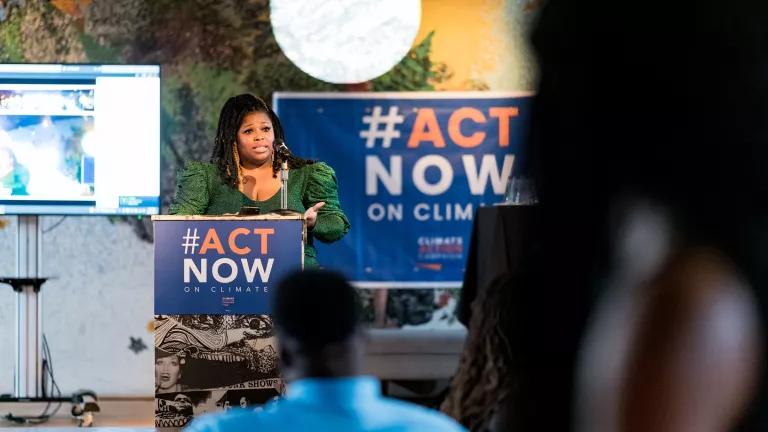
LaTricea Adams speaking at the Young, Gifted & Green 40 Under 40 awards gala held by Black Millennials for Flint on September 13, 2021
LaTricea Adams first heard about the water crisis in Flint, Michigan, in November 2015. Concerned that advocacy organizations weren’t making enough noise about how dire the situation was—and feeling a kinship with the Flint residents as a native of Memphis, another majority-Black city—Adams decided to take matters into her own hands. Together with the National Urban League Young Professionals, she began organizing water donation drives for communities in Flint. Adams then immersed herself in learning about the breadth of the nation’s drinking water crisis. She dug into the history and relationship between neighborhood demographics, lead exposure risk, and the structural racism perpetuated by American policies like redlining, which labeled Black communities as hazardous zones unworthy of investment. Three months later, she founded Black Millennials for Flint (BM4F).
As its CEO, Adams has since grown BM4F into a powerhouse civil rights and environmental justice organization, advocating for Black and Latino communities around the country. The group—a local partner of the Strong, Prosperous, and Resilient Communities Challenge (SPARCC), which NRDC helped establish—advocates for federal policies that not only address lead exposure but also air pollution, food, and housing issues. Decision makers, meanwhile, have taken notice: Adams was recently appointed to a new gig, joining the ranks of the Biden administration’s White House Environmental Justice Advisory Council (WHEJAC).
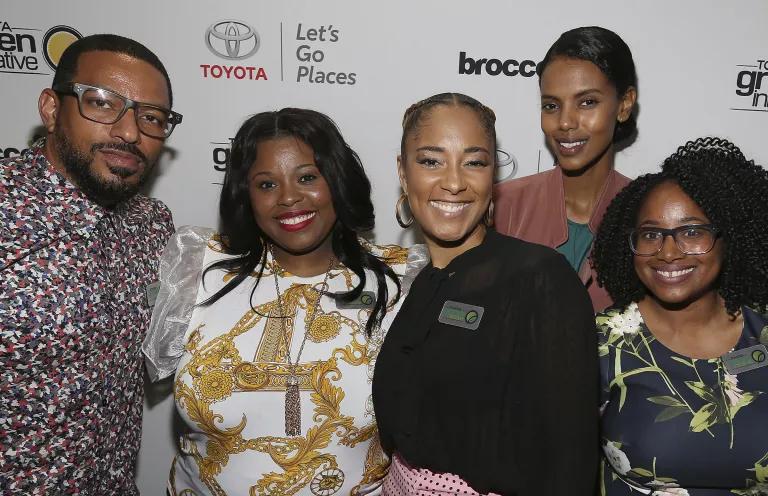
How does it feel to have been chosen as an advisor for the federal government?
It was very much a surprise when I received an invitation to apply for an appointment with the new presidential administration in January. Even though it wasn’t specified at the time what exactly the appointment would be, I was thrilled by just the invite alone. Fast-forward to my working alongside a group of leaders I have read books by; people whom I have learned were the ones who helped build the foundation of the environmental justice sector in this country. It’s still very much surreal, and it’s been a phenomenal opportunity.
Something I have been very vocal about is getting more representation of younger Black, Latino, and Indigenous people on the council. While it is incredibly beneficial to have more seasoned advocates involved, some of these older leaders have been bearing the brunt of this work since before I was born. This is something we have been pushing for the White House to work on. It’s difficult, but if we truly want to talk about equity, inclusion, and representation, it’s necessary.
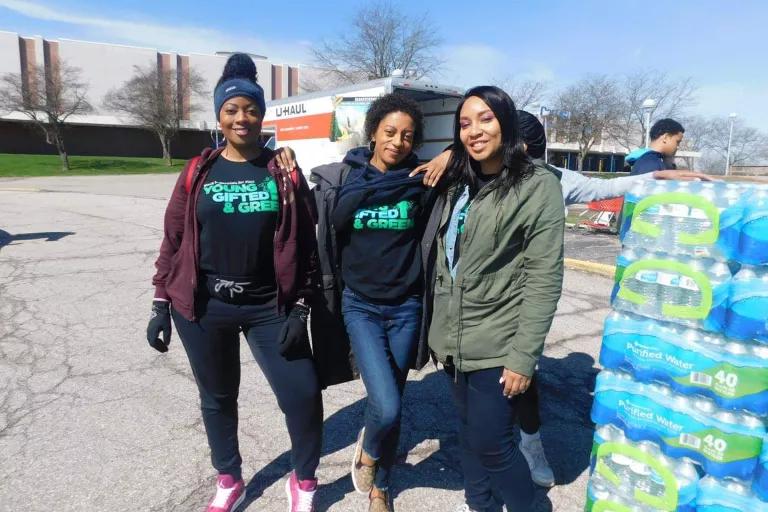
What have you and the other members of WHEJAC been focusing on in this first year?
The purpose of the council is to make recommendations for policy priorities and implementation. After WHEJAC was formed in January under Biden’s executive order, we worked through a lot of sleepless nights to get an extensive list of recommendations out in just a few weeks. Redlining is a major issue area for the council, specifically remediation and reduction of legacy pollution. So is eminent domain, which is tied to nearly all the pipeline development projects across the county. As part of the Justice40 Initiative within WHEJAC, I also worked on guidance for how to prioritize frontline communities when planning for federal green investment projects.
What’s the connection between redlining and lost economic opportunity?
Redlining started in the 1930s as a discriminatory housing policy where Black communities were marked to be denied access to loans. When capital is directed away from specific neighborhoods, quality of life is immediately impacted, and this impact lasts a long time. Today, we can see that financial literacy, real estate knowledge, and access to education are lacking in many traditionally Black and Latino communities, which can lead to a cycle of poverty.
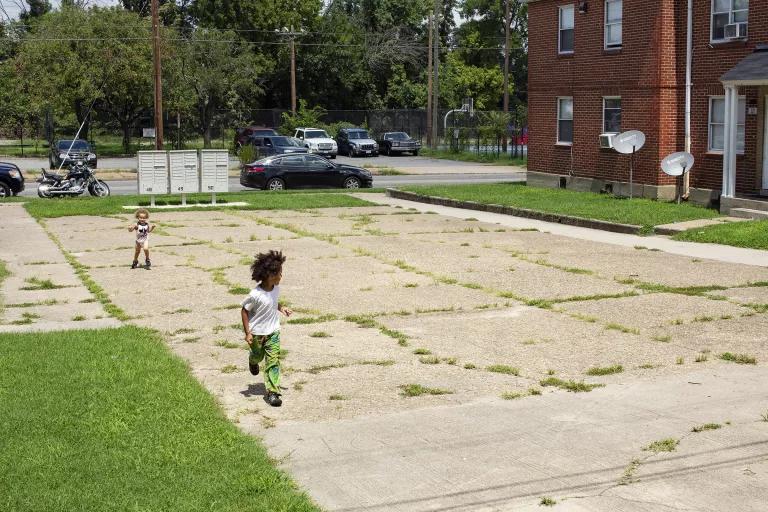
Redlining was banned in 1968 so why are communities still living through the repercussions?
When people think about redlining, it’s usually from a historic perspective. What they don’t realize is that it is essentially still happening. Something you see heavily in the South is gerrymandering, where district lines are unfairly drawn to discriminate against certain populations or political alignments. From a voting perspective, this is critical because we could potentially lose important legislative seats, which could then consequently touch on nearly all aspects of life for residents. This is not coincidental or circumstantial—this is all done to intentionally disassemble power from minorities. It’s no different from redlining at the end of the day.
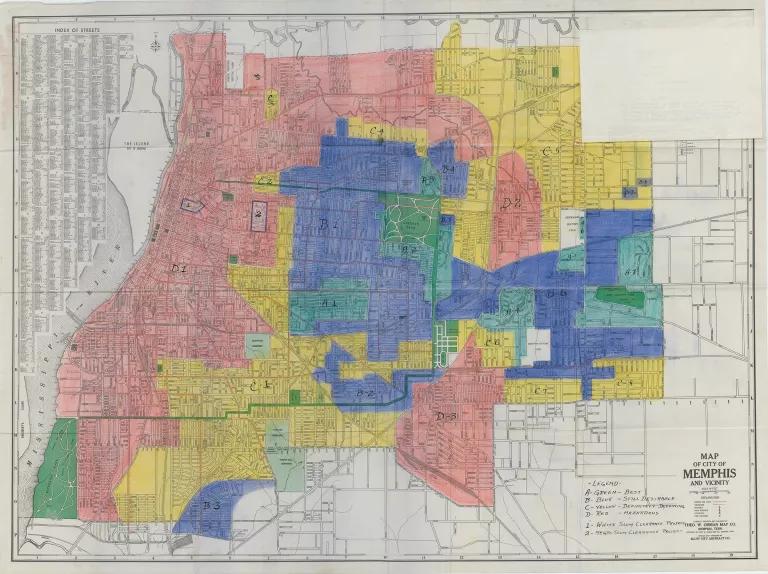
What are some of the environmental consequences of these redlining practices for communities of color in places like your hometown of Memphis?
I can point to two neighborhoods in North Memphis as examples—Frayser and Raleigh. Historically, these two communities were much more racially diverse, but over the last few decades, more people of color began to move into these neighborhoods. We saw two things happen: First, divestment and lack of upkeep of properties. Second, we started to see a difference in impact from extreme weather between the lower-income communities of color and more affluent communities. Within the last 15 years or so, Memphis has started to experience a ton of torrential rain, which has hit the North Memphis area especially hard. These two communities, where residents are facing extreme poverty, don’t have the resources to remediate and address the environmental hazards that come with flooding. So we have folks living in homes that have significant mold and children facing increased risk of inhaling lead-contaminated dust that can be created when a place is fixed up following major flooding. Memphis has also seen hotter weather every year. With homes in the area in great need of weatherization plus the increased demand for air-conditioning, the energy burden in this area is ridiculously high. This pattern is something we see mirrored in many communities of color experiencing economic distress caused by policies from decades ago. This is where we really see the intersections of redlining and the climate crisis.
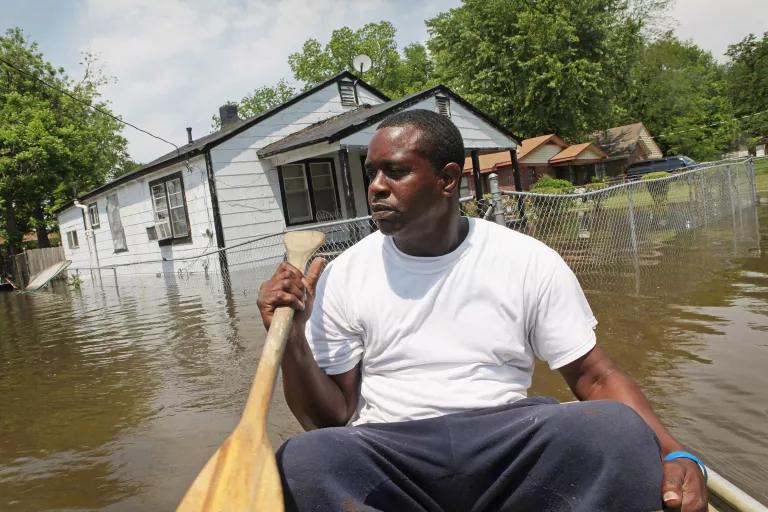
What’s interesting is that areas of Memphis where there has been a boom in development but which have also suffered from legacy pollution are now getting their environmental issues addressed because of a changing demographic. While this may seem like a good thing, it actually widens the disparity gap because climate resilience is essentially being created for a certain type of Memphian. This treatment was not afforded to the locals who have been dealing with harmful pollution for years. Plus, with the rise in gentrification, the folks who have been fighting for these issues can’t even stay in their communities to see the benefits.
How does BM4F raise awareness of these environmental inequities?
One key method is coalition building. What we’ve been able to do with BM4F is create a local and national presence, which allows us to drum up attention on our key issues, thanks to our relationships with the press. We can also provide policy-based strategic recommendations using connections we have at the local, state, and federal levels.
Education is also essential, which stems from community organizing and advocacy. A lot of the work we do with SPARCC is around developing strategies for engagement with Black and Latino residents regarding environmental issues. For example, BM4F has been providing community members with public speaking training so they are comfortable enough to testify in public meetings. One of the things I was most excited about that came out of WHEJAC is the analysis the team had done on public comments, which showed that environmental-related keywords, like pipeline and Byhalia, were some of the most common terms used in Memphis public meetings. It was empowering to see such local issues being brought to the forefront. This is the way we can show legislators how important these issues are on the ground.
This NRDC.org story is available for online republication by news media outlets or nonprofits under these conditions: The writer(s) must be credited with a byline; you must note prominently that the story was originally published by NRDC.org and link to the original; the story cannot be edited (beyond simple things such as grammar); you can’t resell the story in any form or grant republishing rights to other outlets; you can’t republish our material wholesale or automatically—you need to select stories individually; you can’t republish the photos or graphics on our site without specific permission; you should drop us a note to let us know when you’ve used one of our stories.

Flint Water Crisis: Everything You Need to Know
Flint Drinking Water Settlement FAQ
EJ: Getting Us (All of Us) to Environmentalism 4.0
Flint Water Crisis: Everything You Need to Know
Flint Drinking Water Settlement FAQ
EJ: Getting Us (All of Us) to Environmentalism 4.0
Flint Water Crisis: Everything You Need to Know
Flint Drinking Water Settlement FAQ
EJ: Getting Us (All of Us) to Environmentalism 4.0
Flint Water Crisis: Everything You Need to Know
Flint Drinking Water Settlement FAQ